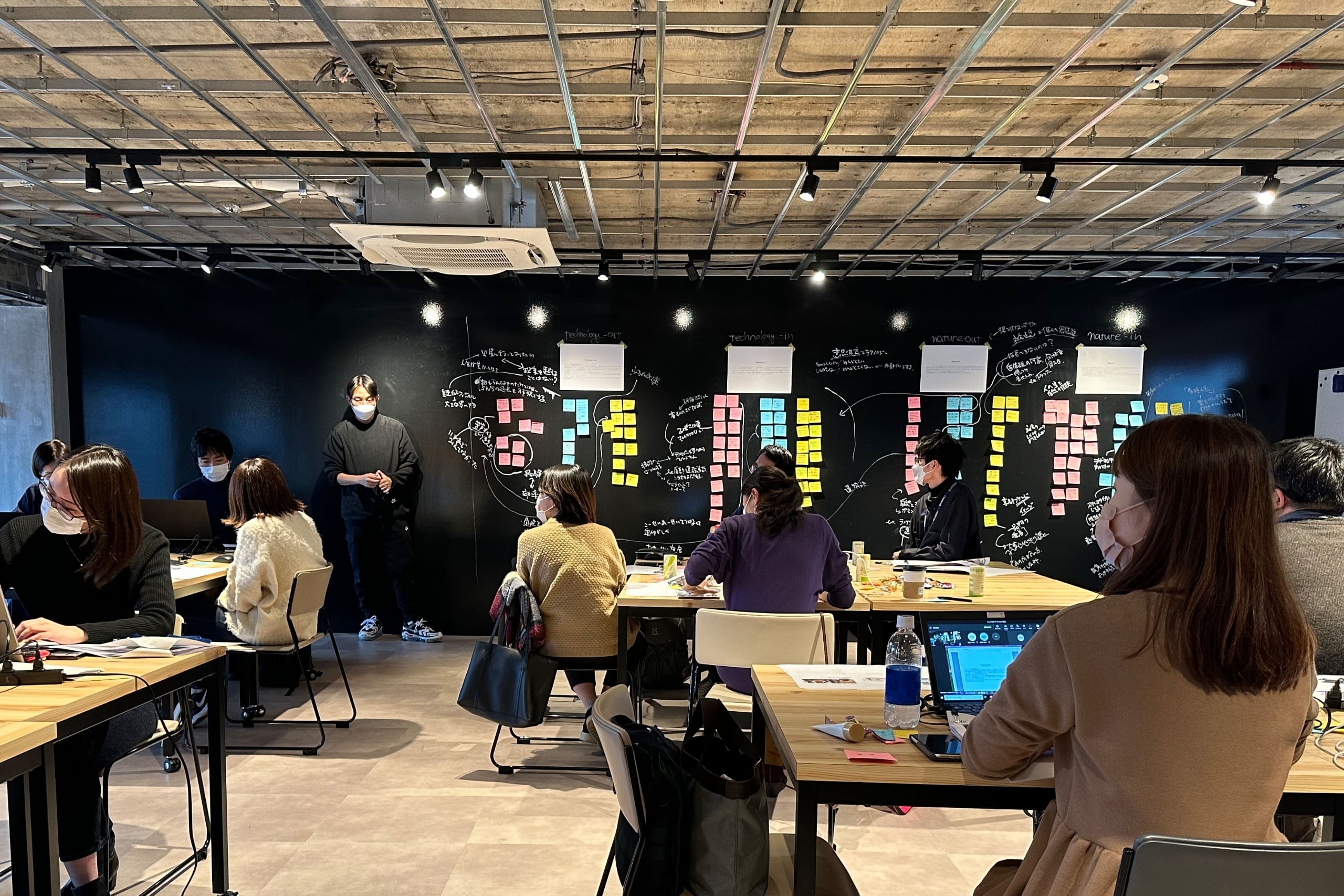In preparation for the publication, Nissha holds a workshop before the final stage of the report production.
Last year (2022) in December, I particpated in this workshop and would like to share my experience. My name is Shibata, working as a freelance writer in the academic field. My work with Nissha began with creating articles in the sustainable product field, and since the year before last (2021), I have been involved in the writing of this report.
What is “Nissha Trend Vision”?
“Nissha Trend Vision” is a trend analysis report that investigates and analyzes trends in various fields such as design, architecture, art, and technology around the world. It develops hypotheses from its unique perspective and visualizes them as the future 2-3 years from now.

The Design & CMF Group members have published “Nissha Trend Vision” annually since 2014. Throughout the year, they collect and analyze a variety of information and derive four trend themes to create our respective worldviews, and then hold regular workshops as a place to brush up these themes. Through the workshops, Design & CMF Group gradually refine our analysis and carefully visualize and verbalize the most advanced trends of the year.
Introducing the New “In-Out” and “Nature-Technology” Axes for Trend Analysis
The workshop held in December 2022 was facilitated by Hideyuki Endo of INFOBAHN DESIGN LAB. and attended by about 20 people from different departments and generations, including the Design & CMF group, Nissha sales and development staff from Japan and abroad, and trend-sensitive college students who interned at Nissha.
The workshop was divided into two parts, with the first half, “Trend Vision Brush-up Session,” beginning with a presentation on the process of trend analysis.
Until last year, the vast amount of trend information and idea sources collected from a wide range of fields were organized and analyzed using the KJ method to determine trend direction.
Learn more about the trend analysis process
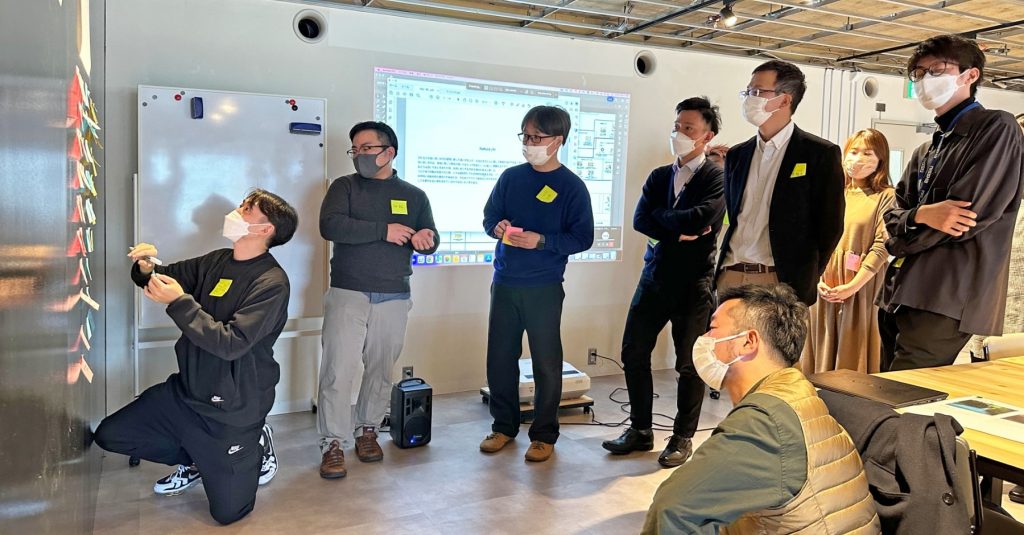
This year, in contrast two new axes, the “In-Out” and the “Nature-Technology” have been established as new directions for trend analysis.
Sustainability, which is an indispensable theme these days, has been mapped separately from these two axes, as it affects all directions.
“In-Out” Axis
・In: Internal elements such as individuals or inner aspects
・Out: External elements such as society or norms
“Nature-Technology” Axis
・Nature: Natural elements
・Technology: Technological or technical elements
Sustainability
Collecting information on sustainable fields without setting specific areas such as materials, technology, systems, services, design, etc.
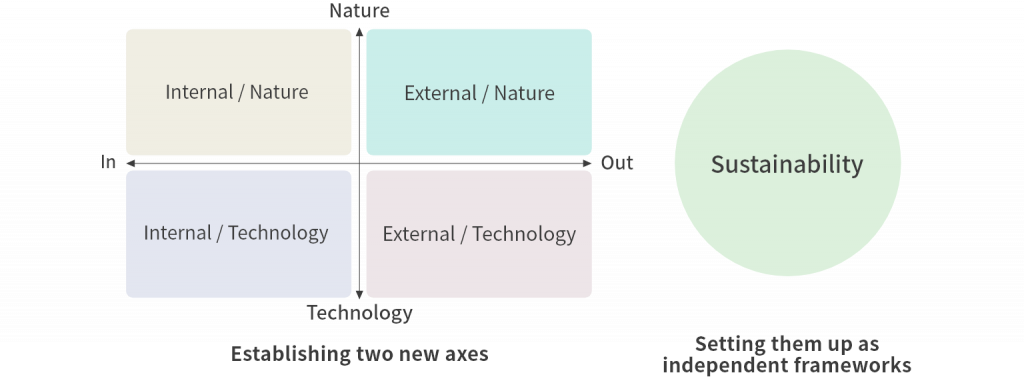
By dividing the data into four quadrants on the “In-Out” and “Nature-Technology” axes, they can now compare the mapping data with the same positioning. If they accumulate data every year going forward, they will be able to visualize not only the changes in each year, but also its transition in a more easily understood manner.
This is the major point of the trend analysis for the 2023 edition.
During the “Trend Vision Brush-up Session,” each participant listed keywords based on the four quadrants of trend hypotheses created by the Design & CMF group, which were then aggregated through the exchange of opinions to find the characteristics of each quadrant.
In the exchange of opinions, different perspectives emerged, such as considering “nature” as “plants” such as trees, or interpreting it as “natural beauty,” “being true to oneself,” or “being authentic.” This revealed differences in each person’s insights and helped them notice novel ideas.
Under Endo’s facilitation, the group gradually deepened the discussion in a stimulating and creative experience. Additionally, the fact that discussions continued without running out of topics in each of the four quadrants demonstrated the exquisite setting of the two axes of “In-Out” and “Nature-Technology.”
After immersing myself in several hours of intense mental activity that I rarely get to experience in my daily life, I felt both mentally exhausted and exhilarated, as if I had just finished a strenuous workout. And with that, the first part of the program came to an end.
Fostering Multiple Perspectives and Ideas Through the Sharing of Information and Comments
In the second half of the workshop, participants experienced “Sharing trend information,” an information-gathering activity that the Design & CMF Group conducts on a daily basis.
“Sharing trend information” is an information-sharing initiative in which the Design & CMF group members, both domestic and international, take turns presenting an article each day.
The presenter shares their research on a monthly theme with an online conference tool, and the members listen to the presentation and write their impressions and supplementary information in the chat box.
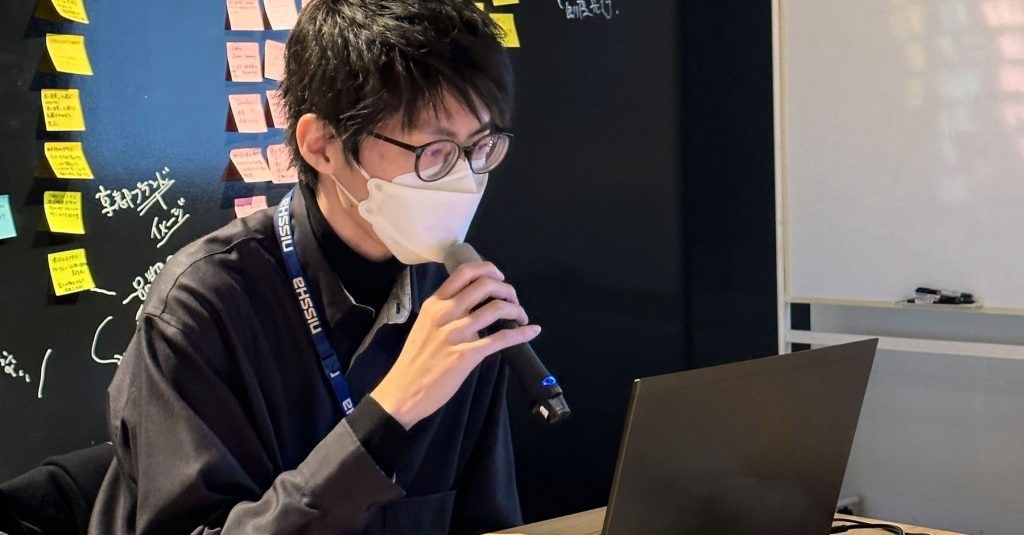
In this workshop, five participants were selected from among the group to present news that caught their attention under the theme of “sustainability.” The news topics they covered varied from an app for recycling resource waste overseas, to sneakers made of 100% plant-based materials, to a collaborative event between a smartphone game and a tree-planting activity.
It was fascinating to read the diverse opinions and information presented in the comments following each presentation. These comments came from a wide range of backgrounds, including the participants’ specialties, interests, generations, and countries and regions of origin.
Participants also commented that they could gather information on a single theme from a variety of perspectives, and that the event provided an opportunity to come in contact with new issues and ideas. Other comments included they could learn about the personalities of the presenters and they could gain multiple perspectives and ideas through the comments on the information shared.
In fact, I thought it was a very good initiative, not only for trend research, but also for promoting communication and creating more value by continuing the project. (Personally, I have decided to do this activity once a week myself to improve my skills as a writer.)
Capturing the Evolution of Trends in a Long-Term Perspective with a Three-Dimensional Approach
Through this workshop, I could catch a glimpse of one part of the “Nissha Trend Vision” production process.
Nissha constantly collects and analyzes the latest trend information and searches for the seeds of new values and ideas from the depths of that information. This activity is the source of inspiration for their manufacturing process. I felt Nissha’s sincere attitude toward manufacturing in the fact that they place value on this and have created a specialized team within the company to continuously work on this.
This year, they have newly established the two axes, “In-Out” and “Nature-Technology” for trend analysis and started mapping the four quadrants. As the layers of data accumulate each year, we see the possibility that we may be entering a new realm – where it can be possible to visually express changes from the past and analyze long-term trends for the future.
This report is written by Shibata.
Yuki SHIBATA
Editor and writer.
After graduating from university, Shibata worked in the planning, editing and production of books and magazines at an editorial production company. Later, she worked in public relations at the University of Tokyo Graduate School of Public Policy (GraSPP) before becoming a freelance writer.
Currently, she specializes in producing articles for business-oriented media, educational journals, corporate websites, and corporate-owned media, conducting interviews with corporate executives, engineers, and researchers.
Shibata also contributed as a writer to “Future Exploration 2050 (Mirai Tankyu 2050),” edited by the University of Tokyo Institute for Future Initiatives (IFI) and published by Nikkei BP, Nikkei Publishing Headquarters.
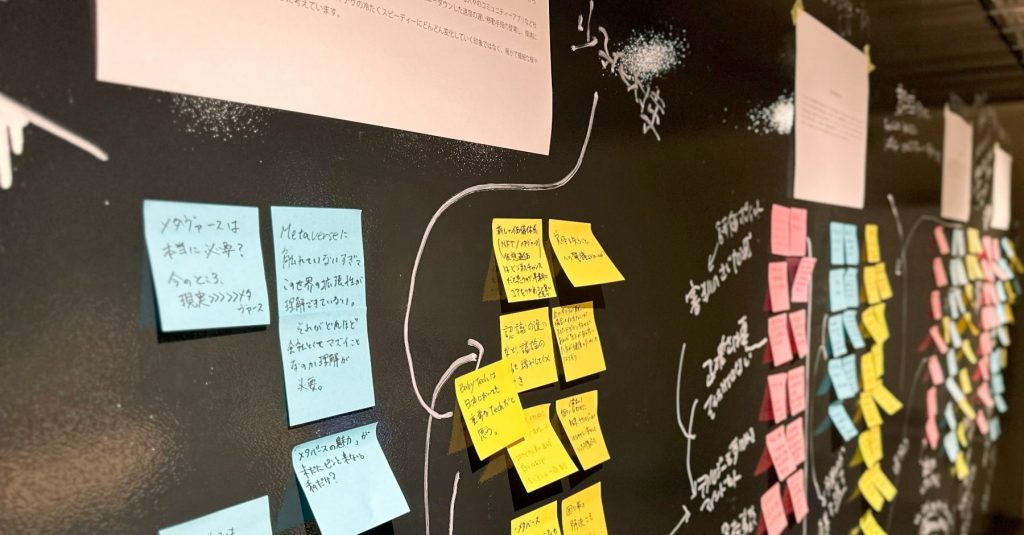
If you are interested in Nissha Design & CMF Group’s trend analysis process and the sample book that is produced from it, please feel free to contact us.


